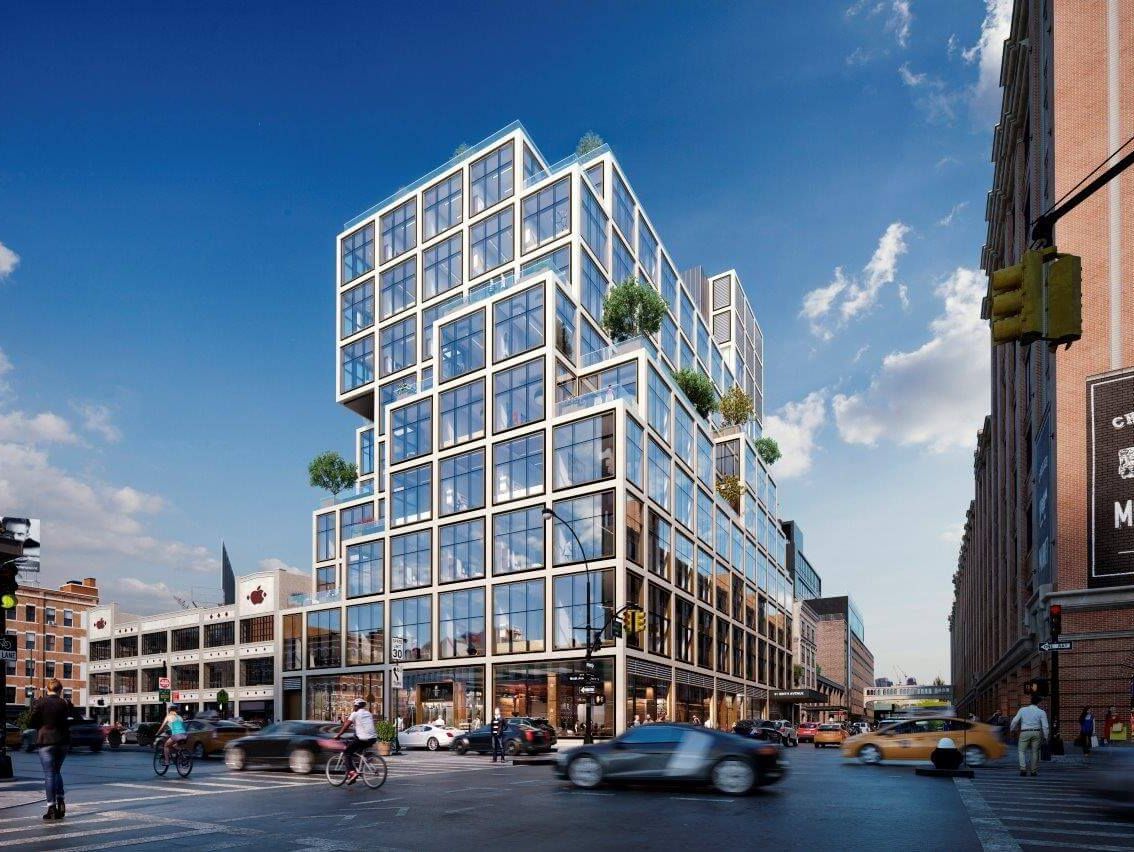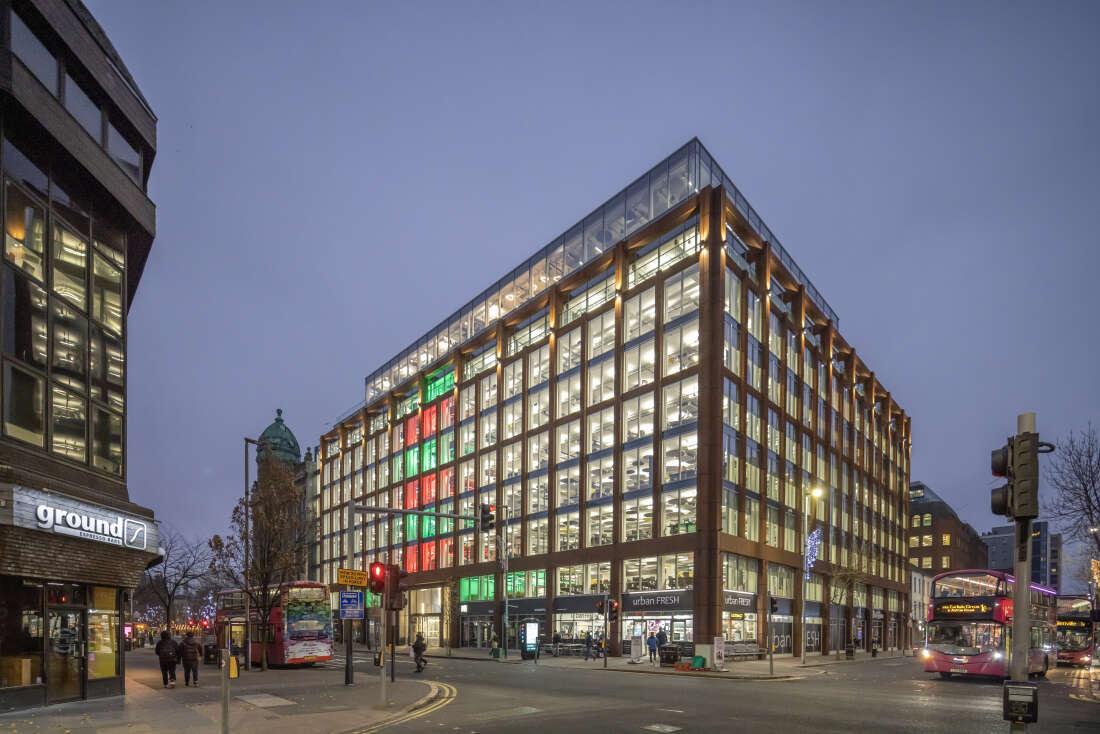Why does building certification play a key role in the energy transition?
The construction industry is making efforts to respond to the climate crisis in a variety of ways – some more effective, others slightly less so. The scale of change in light of the energy transition needs to be impressive, and green certificates have been helping with this for years. Find out why building certification is an opportunity for a better tomorrow for us and future generations.
The most popular system of international building certification in Romania is LEED. In Romania, 119 buildings have been certified in this system. For comparison, the BREEAM database shows only 27 installations, and the DGNB database shows merely 3 projects.
So why should the property development and construction market pay more attention to certification? In addition to environmental benefits, what other benefits are available to those involved in the entire development process?
1. Certification means better adaptation to climate change
The record-breaking temperatures that reached forty degrees Celsius in the shade in Romania this summer are just a foretaste of what we can expect in the coming years, not to mention decades. There is no room for speculation here: temperatures are bound to rise steadily, leading to weather anomalies, often with catastrophic effects for people.
Climate change and the need for an energy transition are driving transformations in the real estate market around the world. Investing in conventional construction, in buildings that will “devour” a huge amount of energy in the summer just to “cool down,” is becoming increasingly risky from a business perspective. This is all the more so as the regulatory environment appears to be less and less conducive to such developments, affecting risk assessment and demand.
Low-carbon sustainable construction represents a golden opportunity for the residential and office sector to better adapt to changes and challenges that are becoming increasingly “urgent”.

61 Ninth Avenue, New York, USA. Systems used: MB-SR60N, MB-SR60NY. LEED Gold Certified. Designed by: Rafael Viñoly Architects PC
2. Certification equals competitive advantage
A certified building offers a competitive advantage on many levels. Architectural agencies and designers take pride in this type of development, showcasing it on the front pages of their portfolios; developers are better positioned to attract tenants by highlighting the benefits, guaranteeing lower operating costs, as well as providing employer branding benefits; and tenants can expect image benefits.
Environmental awareness is set to increase year on year, particularly in countries with regular record-breaking temperatures, and certified projects present an opportunity to stand out on the market.
3. Certification guarantees quality
Environmental certification includes a number of factors. For example, LEED certification is evaluated in six key categories:
- Building location and transport;
- Sustainable and eco-friendly land use;
- Water conservation;
- Energy conservation;
- Use of green (raw) materials;
- Quality of the microclimate inside the building.
The innovation of the solutions used are also taken into account. The multilevel nature of LEED evaluation results in the repeatability of high quality project data, something that is valued by all those involved in the development process.

Merchant Square, Belfast, UK. Systems used: MB-SE75. Certificate: BREEAM Excellent. Designed by: Like Architects
Let’s build a better future
Aware of the challenges that lie ahead in the context of the energy transition, Aluprof as a brand has been long developing low-emission and passive products that are perfect for sustainable construction with a high percentage of green certification.
See, for example, our MB-104 Passive window and door system, which received the prestigious Passive House Institute in Darmstadt (PHI) certification. Our innovative systems have also been awarded bronze Cradle to Cradle Certified™ certification, notably the MB-SR50N HI+ façade system as well as the MB-86 SI, MB-86 Casement, MB-86 ST, MB-70, MB-70HI and MB-70 window and door systems Cradle to Cradle certification guarantees that all product components can be recycled.
